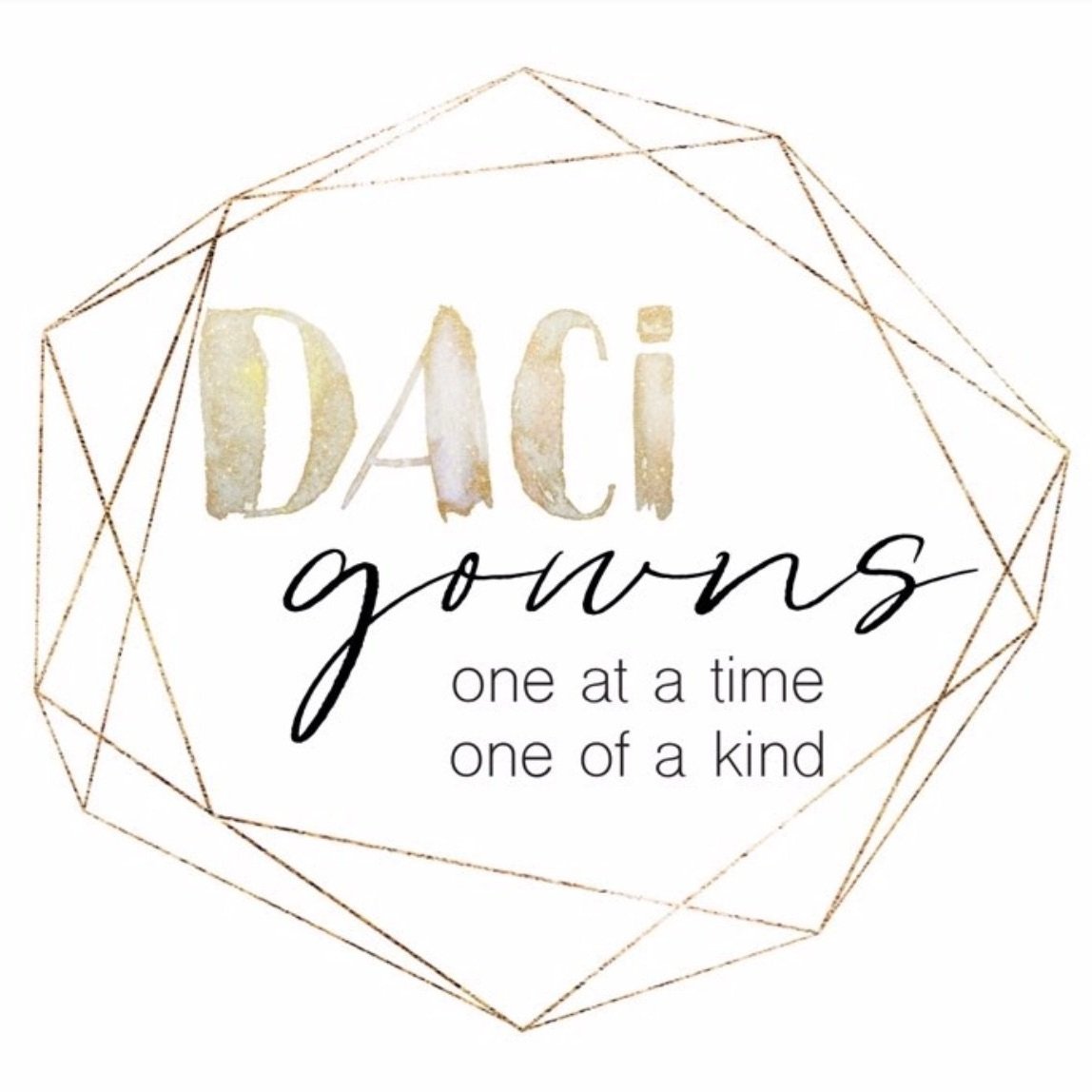What makes our wedding dresses so unique - part 1
I have often felt the desire to write about the captivating journey of designing and creating a wedding gown. This blog serves as an introductory piece, and more will follow in the future on this subject.
We dedicated a significant span of 10 days towards dyeing an entire batch of silks sourced from various suppliers. Silks of diverse textures and weights, ranging from ethereal silk organza to delicate silk chiffons, all in natural whites awaiting their colorful transformation.
Back in 2019, I had a strong feeling to add some extra magic to our wedding dress designs. I wanted more shades and tones of blush, dusty blues or grays. I resolved to venture into the realm of silk dyeing. The initial fear gave way to curiosity as I immersed myself in the process, seeking knowledge from books that gradually built my confidence to experiment.
Fast forward five years, while I have brought my skills to a certain degree, the unpredictable nuances of each dyeing experience never fail to surprise me. The recent project centered around achieving cooler shades of blush, muted grays, and dusty lavenders. And also revealing unexpected pastel turquoise blues and sage greens along the way.
Utilizing wild blueberries as the foundational dye on this particular batch, we boiled and strained the fruits, creating a natural dye in which our pre-prepared silks were submerged. Witnessing the varying levels of color absorption among the silks is always a revelation. Each silk imbued the hues uniquely, expanding the color palette of the final outcome.
Embracing the versatility of the dyeing process, we introduced a concoction of crushed walnut shells to infuse a dusty undertone, discovering that even the temperature of the rinsing water could subtly alter the resulting hue. The result: a spectrum of hues, each telling a story of its own.
Blueberries as the foundational dye.
Added some crushed walnut shells into the blueberries mixture.
Already so many hues.
The silks are still wet in this photo. The vibrant colors captured in this photo are going to soften into delicate bridal pastels, adding that touch of ethereal beauty to the wedding gowns.
Final product! Dry, ironed and ready to use.
We picked below just a few of our wedding gowns that were designed and created using plant-based dyed silks. The hues are magical.
Margaret wedding dress. Photography CaraMia.
Margaret wedding dress. Photography CaraMia.
Margaret wedding dress. Photography CaraMia.
Bride Amber - custom wedding gown. Photography James Simmons.
Bride Amber - custom wedding gown. Photography James Simmons.



















